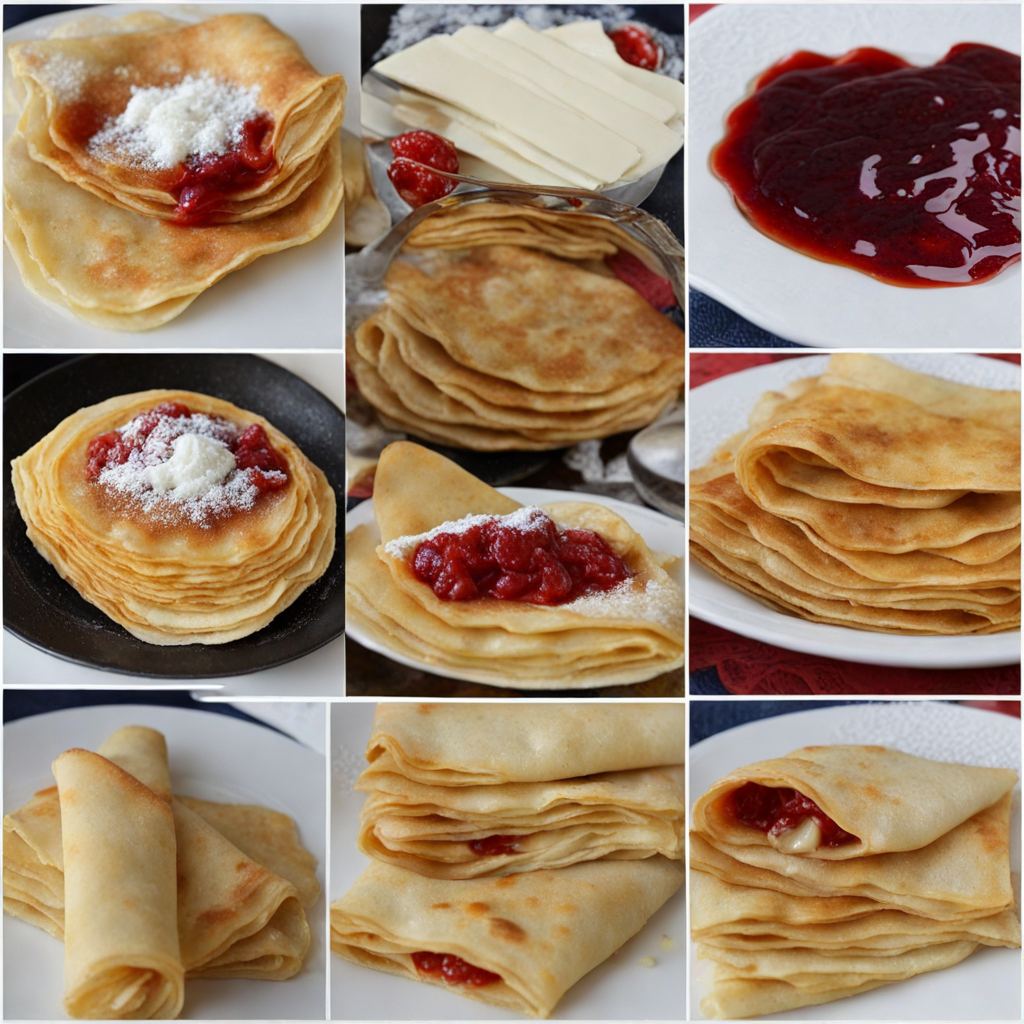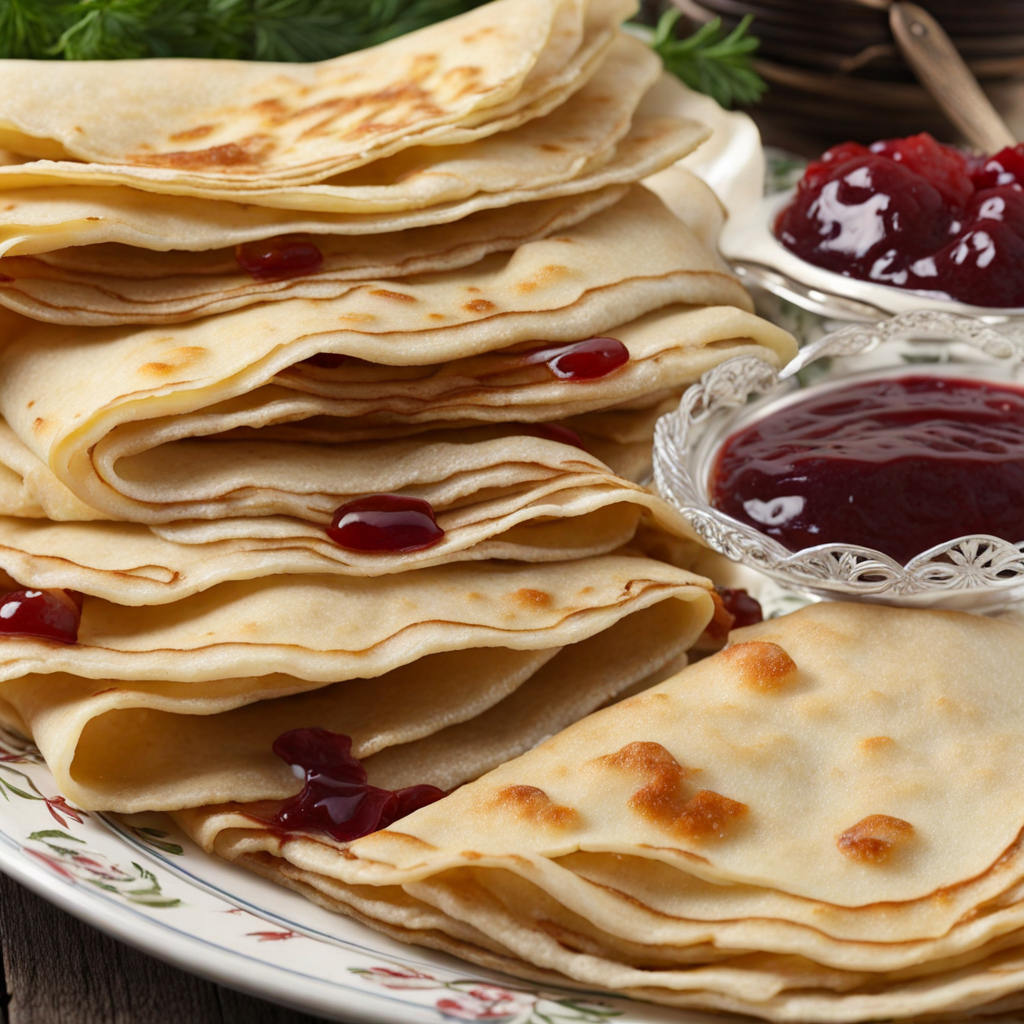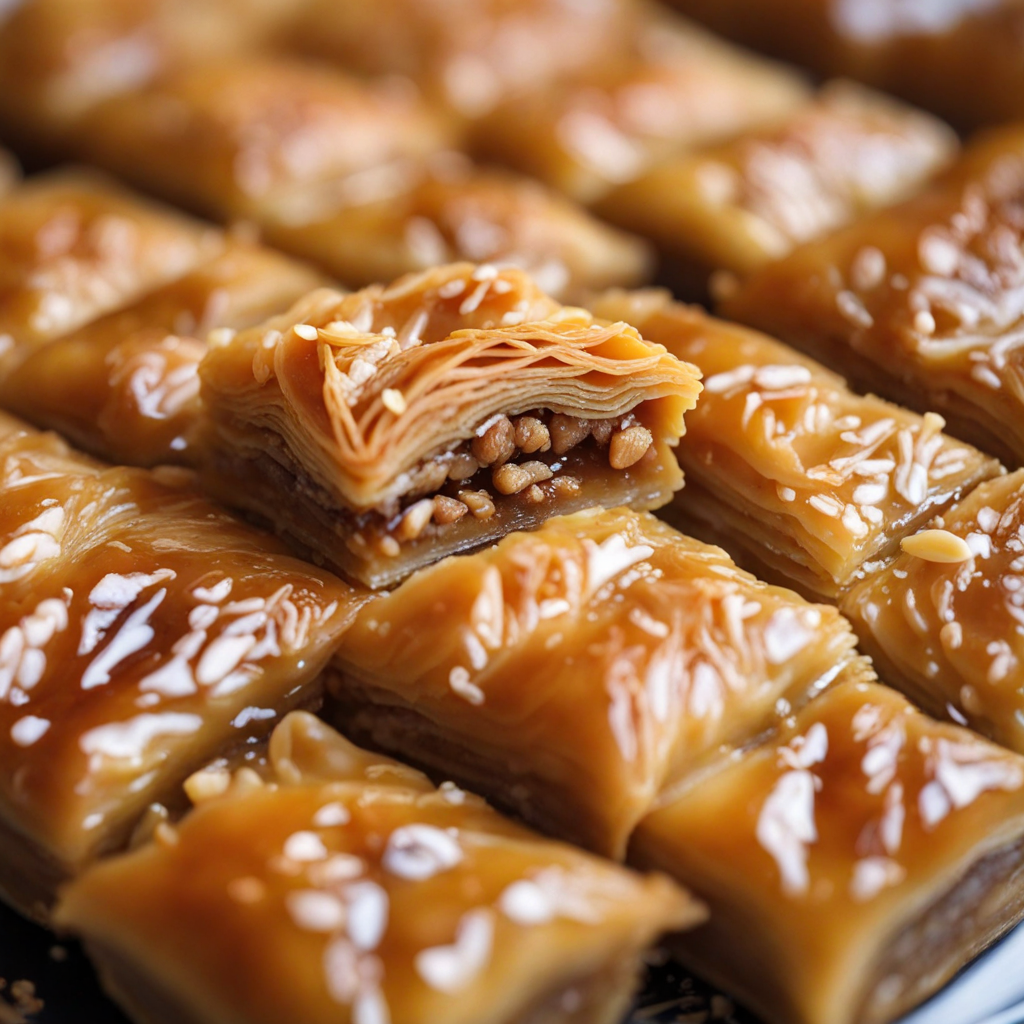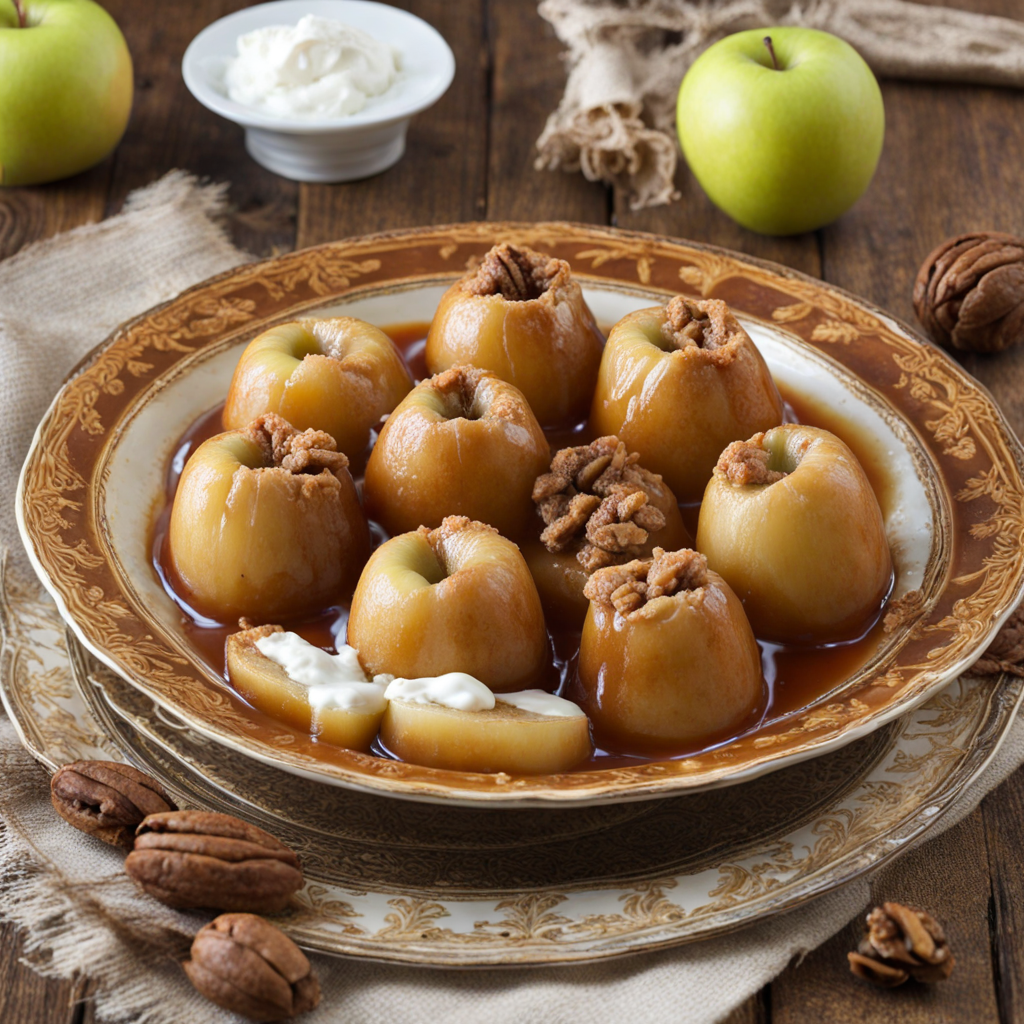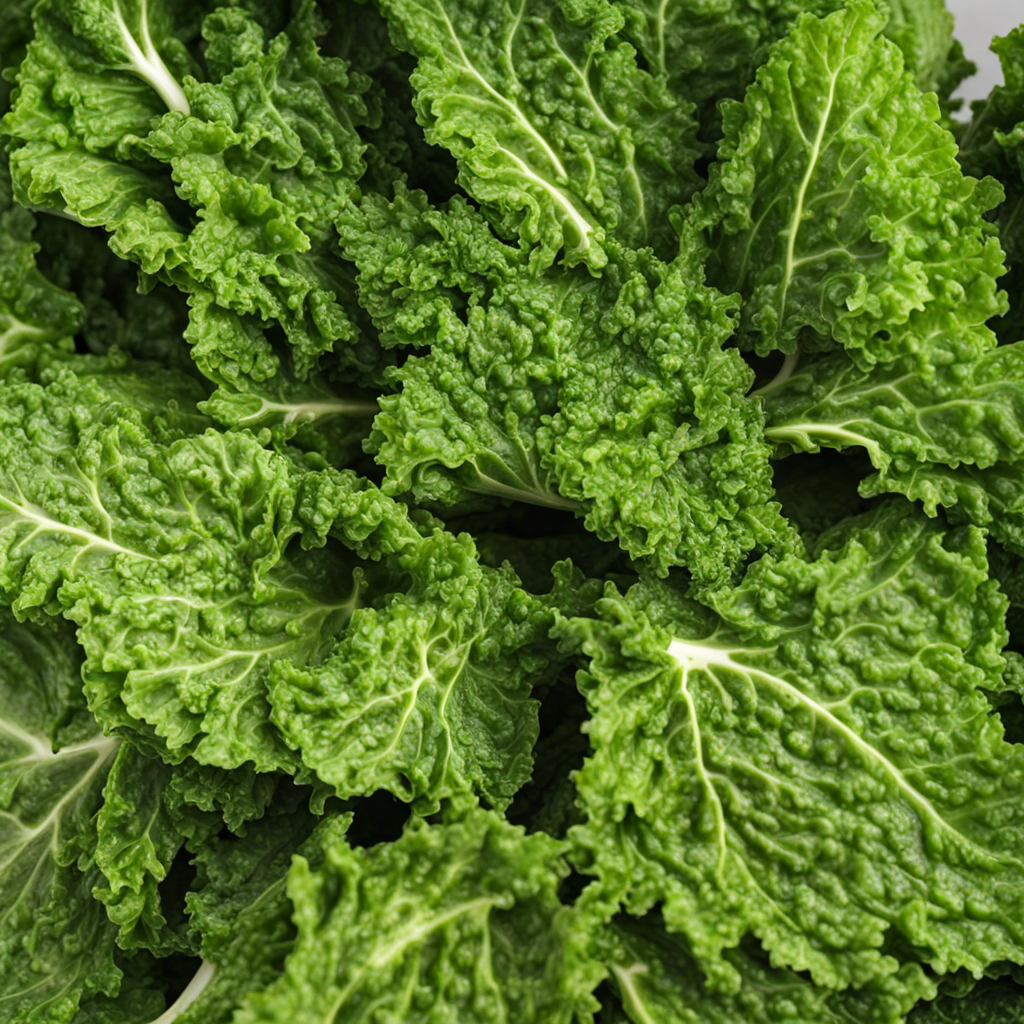Palačinke
Палачинке, or Montenegrin pancakes, are a beloved culinary staple in Montenegro, embodying the region's rich gastronomic heritage. These thin, crepe-like pancakes are a versatile dish, enjoyed both as a sweet or savory treat. Their history traces back to the broader culinary traditions of the Balkans, where similar variations can be found in neighboring countries. The cultural exchange and influence throughout the region have shaped Палачинке into a dish that reflects both local ingredients and historical influences. The flavor profile of Палачинке can vary significantly depending on the fillings used. When prepared sweet, they often feature fillings like Nutella, fruit preserves, or fresh fruits, providing a delightful balance of sweetness and texture. The addition of vanilla or a sprinkle of powdered sugar enhances the indulgent experience. On the savory side, common fillings include cheese, ham, mushrooms, or spinach, offering a robust flavor that can be complemented with herbs and spices. The thin, delicate nature of the pancakes allows them to absorb the flavors of the fillings, creating a harmonious blend that is both satisfying and comforting. Preparation of Палачинке begins with a simple batter made from flour, eggs, milk, and a pinch of salt. The ingredients are whisked together until smooth, ensuring there are no lumps. This batter is then poured onto a hot, lightly greased skillet, where it is cooked until golden brown on one side before being flipped to achieve the same color on the other. The cooking technique
How It Became This Dish
The History of Палачинке: Montenegro’s Beloved Crepes Palačinke, the delicate and versatile crepes of Montenegro, are not merely a culinary delight; they embody the rich tapestry of history, culture, and tradition that characterizes this Balkan nation. With roots that stretch back centuries, palačinke reflect the influences of various cultures while maintaining a distinct Montenegrin identity. #### Origins: A Culinary Intersection The history of palačinke can be traced back to the culinary practices of ancient civilizations. The concept of thin, flat breads made from grains has existed since the dawn of agriculture. In the Mediterranean region, similar dishes can be found, dating back to the Greeks and Romans, who prepared variations of flatbreads and pancakes. However, it is the Slavic peoples, including those in Montenegro, who embraced and transformed this basic concept into the beloved dish we know today. The word "palačinka" itself derives from the Slavic root "palac," meaning "to spread" or "to lay out." This etymology not only highlights the dish's preparation method but also signifies its importance as a communal food shared among families and communities. As Montenegro interacted with neighboring cultures, notably Ottoman and Italian influences, these culinary exchanges enriched the recipe, leading to the creation of various fillings and serving styles that define modern palačinke. #### Cultural Significance In Montenegrin culture, palačinke are more than just a meal; they are a symbol of hospitality and togetherness. Traditionally, they are served during family gatherings, celebrations, and religious holidays. Their versatility allows them to be filled with a myriad of ingredients, from sweet to savory, making them suitable for any occasion. Sweet palačinke are typically filled with ingredients like Nutella, jam, honey, or fresh fruits, often dusted with powdered sugar. In contrast, savory versions may include cheese, spinach, mushrooms, or meats, offering a hearty option that can be enjoyed as a main course. This duality reflects Montenegrin culinary philosophy, where meals often encompass both sweet and savory elements, allowing for a satisfying dining experience. Palačinke also serve an important role in Montenegro’s festive traditions. During Slava, a Serbian Orthodox custom celebrating a family's patron saint, palačinke are often prepared and shared among guests as a gesture of goodwill and hospitality. Their presence at such events underscores their significance as a dish that fosters connection and community. #### Development Over Time As Montenegro navigated its historical narrative—marked by periods of Ottoman rule, Austro-Hungarian influence, and the eventual emergence of Yugoslavia—the recipe for palačinke evolved. Each historical phase left an imprint on Montenegrin cuisine, and palačinke were no exception. Under Ottoman influence, the region saw the introduction of spices and new cooking techniques, which were incorporated into traditional dishes. This led to the development of flavored fillings that complement the lightness of the crepe, such as orange blossom water or cinnamon, giving a unique twist to the traditional recipe. In the 19th and early 20th centuries, as Montenegro began to establish its national identity, culinary practices also became a way to assert cultural pride. Palačinke emerged as a symbol of Montenegrin cuisine, celebrated for its simplicity and adaptability. Cookbooks began to feature recipes for palačinke, reflecting both local ingredients and the evolving tastes of the population. The rise of tourism in the late 20th century further popularized palačinke. Visitors seeking to experience authentic Montenegrin cuisine found themselves enchanted by these thin pancakes. As a result, many local restaurants began to offer their own renditions, experimenting with international flavors while honoring traditional fillings. This fusion has contributed to a vibrant culinary scene in Montenegro, where palačinke are celebrated not only as a local dish but also as a representation of the country’s cultural diversity. #### Modern Interpretations Today, palačinke continue to hold a significant place in Montenegrin culinary culture. They are commonly enjoyed in homes, street food stalls, and upscale restaurants alike. The modern twist on this traditional dish often sees chefs experimenting with gluten-free options, incorporating local ingredients such as wild herbs, berries, and organic produce. Additionally, the rise of social media has propelled palačinke into the global food conversation. Photogenic presentations of the dish, often layered with colorful fillings and garnished with artistic flair, have made it a favorite among food bloggers and influencers, further popularizing its appeal beyond Montenegro. Culinary festivals celebrating local cuisine often feature palačinke as a centerpiece, drawing attention to their versatility and the artistry involved in their preparation. These events not only showcase traditional methods but also promote the importance of preserving culinary heritage in the face of globalization. #### Conclusion Palačinke stands as a testament to Montenegro's rich history and cultural evolution. From its ancient origins to its modern interpretations, this dish encapsulates the spirit of hospitality and community that defines Montenegrin life. As Montenegro continues to carve its niche in the global culinary landscape, palačinke remain a beloved symbol of the nation's heritage, a delicious reminder of the past, and a canvas for the creativity of contemporary chefs. Whether enjoyed at a family gathering, a festive celebration, or a street-side stall, palačinke are more than just a meal; they are a delicious link between history and culture, connecting generations through shared flavors and experiences. As Montenegrins and visitors alike savor these delightful crepes, they partake in a story that is both uniquely local and universally relatable—a story of food, family, and the enduring bonds of community.
You may like
Discover local flavors from Montenegro


